How to prepare your home for a pet sitter
Keep your home prepared and organised with essential supplies to make pet sitting smooth and stress-free.
Read morePublished: 1 October 2025
Pets bring us so much joy, but just like us, they can experience stress and anxiety too. Whether it’s your dog, cat, horse, rabbit, or parrot, no animal is completely immune. The key to helping them is understanding what causes their stress and how to ease it.
This guide will take you through the common triggers, signs of stress, and practical tips to create a calmer, happier life for your pet.
Jump to:
Pets can get stressed for many reasons, and being aware of these triggers is the first step to helping them feel more secure:
Since your pet can’t tell you they’re anxious, you’ll need to pay attention to their behaviour and body language. Here’s what to look for in different animals:
A stressed dog might pant excessively (even when it’s not hot), yawn often, or lick their lips. Other signs include a tucked tail, flattened ears, tense body, avoidance of eye contact, or dilated pupils.
They might also become destructive, excessively bark or whine, or lose their appetite. Some dogs might also show whale eye (where the whites of their eyes are visible), trembling, or a raised hackle (the hair on their back standing up).

Cats often hide or withdraw when they’re stressed. You may notice changes in litter box habits (like urinating outside the box), excessive grooming (sometimes leaving bald spots or skin irritation), or increased aggression like hissing, scratching, or swatting.
Other signs include a stiff posture, dilated pupils, a twitching tail, or a decreased appetite. They might also become more vocal with unusual meows or growls.
Horses can show stress by cribbing (biting onto objects and sucking air), weaving (rocking back and forth), or pacing. They might raise their heads high, widen their eyes, or become more jumpy and spookier during rides.
Other signs include excessive sweating, muscle tremors, a tight mouth, or a reluctance to be handled. They may also show a lack of interest in food or water.
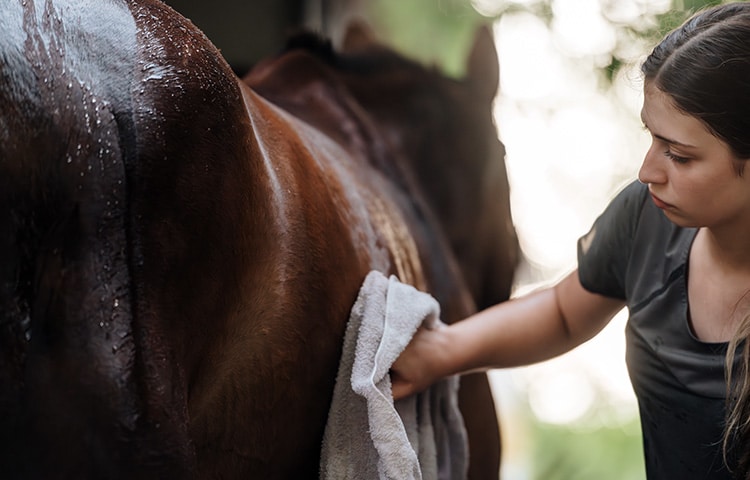
Small animals tend to freeze or hide when anxious. Look for signs like rapid breathing, a hunched posture, or refusing food and water. Rabbits might also grind their teeth (a sign of pain or discomfort), over-groom, pull out their fur or chew at cage bars.
Guinea pigs might chatter their teeth, become withdrawn, or have diarrhoea. Any sudden change in their usual energetic behaviour can be a red flag.
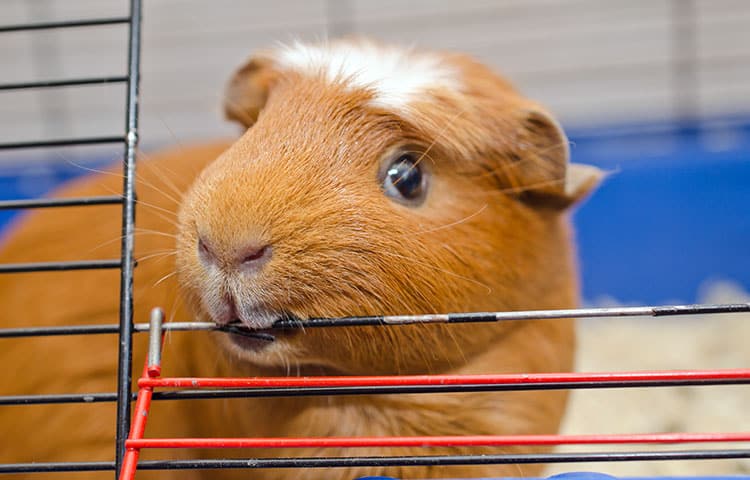
Parrots and birds can show stress by plucking their feathers, over-grooming, or chewing excessively on their feathers or cage. Other signs include changes in appetite, repetitive behaviours (like head bobbing or pacing), or biting.
They might also become destructive and scream loudly or stop vocalising completely. A dull appearance to their feathers, ruffled feathers when not sleeping, or changes in droppings can also indicate stress or illness.
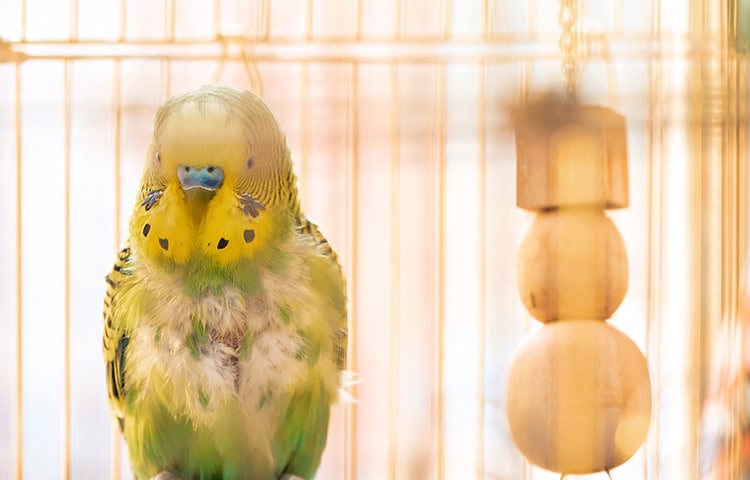
Reptiles and lizards can show stress through changes in colour (darkening or dulling), hiding excessively, or a refusal to eat. They might also display aggressive behaviours like hissing, biting, or tail whipping. Abnormal shedding, lethargy, or repetitive behaviours (like pacing in their enclosure) can also be indicators of stress. Some may also show rapid, shallow breathing or changes in their typical basking patterns.
Stress isn’t just a human problem, your pet can feel it too. While short-term stress is normal, long-term stress can harm your pet’s health.
Chronic stress can:
Reducing stress isn’t just about keeping your pet happy, it’s about protecting their health for the long run.
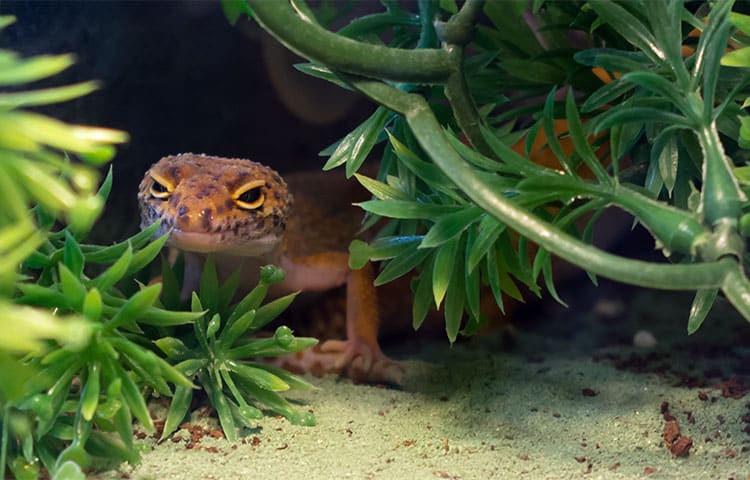
You can help your pet – whether it’s a dog, cat, rabbit, horse, bird, reptile, or lizard – feel calmer and safer with some simple strategies:
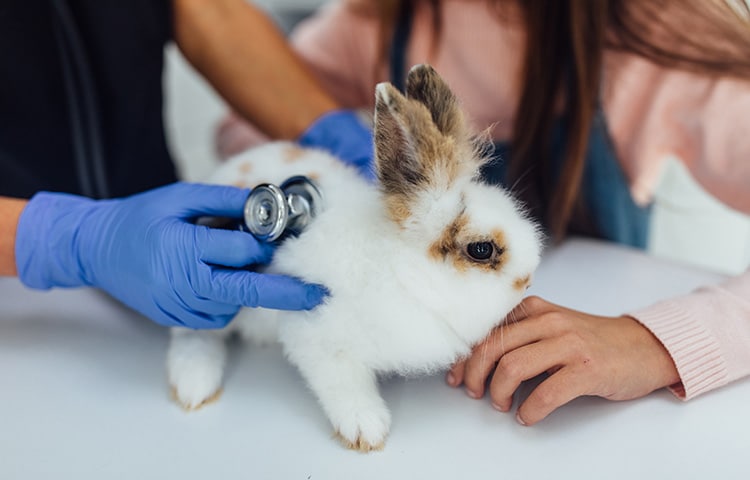
If your pet’s anxiety is really bad, won’t go away, or makes them aggressive, it’s time to get professional help.
First, see your vet to make sure there are no health problems causing the anxiety. If needed, they can send you to a specialist who deals with animal behaviour.
Make sure the person you choose to help with behaviour is properly certified and uses the newest and best methods. Old advice could actually make your pet more stressed or anxious.
Specialists registered with the ABTC (Association of Pet Behaviour Counsellors) can help figure out why your pet is acting this way and create a specific plan to help them.
You can learn more about ABTC on their website.
Helping your pet feel less stressed is an important part of being a responsible owner. By recognising their triggers, understanding their signals, and creating a supportive environment, you can improve their quality of life – and strengthen your bond with them.
A calm pet isn’t just happier – they’re healthier too!